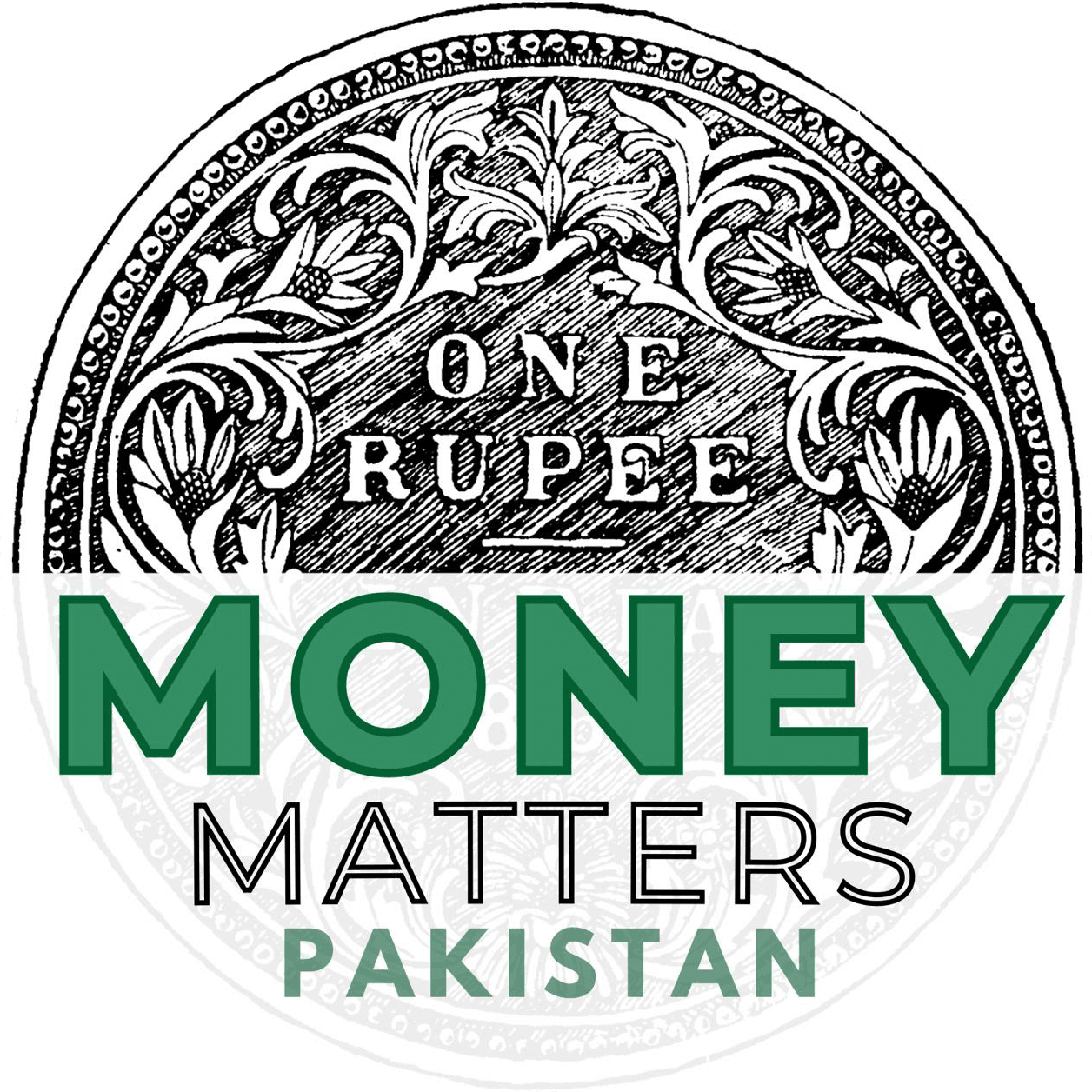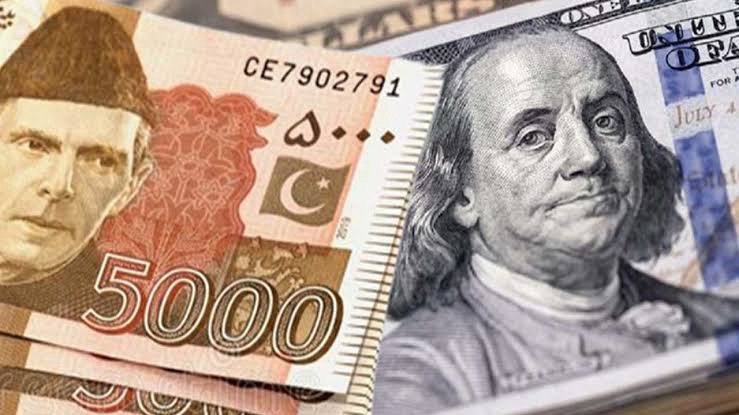Tola Associates’ Analysis Suggests PKR Fair Value at 249.2 per US Dollar, Urging Policy Review Amidst Fragile Economic Outlook
Key Takeaways:
i) The Pakistani Rupee (PKR) is considered artificially undervalued, with its fair value estimated at 249.2 per US dollar by Tola Associates.
ii) A 10-rupee depreciation in the PKR leads to a 2% increase in inflation, underscoring the currency’s direct impact on price stability.
iii) Despite recent improvements in inflation, Pakistan’s economic outlook remains fragile due to potential fiscal adjustments, food inflation, and rising global commodity prices, necessitating continued reforms and careful monetary policy.
Money Matters Monitoring – In a recent analysis published by Profit by Pakistan Today titled “PKR artificially kept undervalued, fair value estimated at 249.2 per US dollar: report” and based on findings by Tola Associates, concerns were raised regarding the true valuation of the Pakistani Rupee (PKR) and its broader economic implications. In the article, available at https://profit.pakistantoday.com.pk/2025/05/31/pkr-artificially-kept-undervalued-fair-value-estimated-at-249-2-per-us-dollar-report/, the report states, “The fair value of the Pakistani rupee (PKR) stands at 249.2 per US dollar after factoring in the current account balance for the July-April period of FY25.”
The report further highlights the direct correlation between currency depreciation and inflation, noting that “a 10-rupee depreciation of the currency leads to a 2% increase in inflation.” This indicates the significant impact of the PKR’s valuation on the cost of living for citizens.
Despite significant efforts towards economic stabilization, with inflation dropping to a multi-decade low of 0.3% in April 2025 from 29.7% in November 2023, the economic outlook remains fragile. The State Bank of Pakistan’s (SBP) Half Year Report FY25 confirms receding inflationary pressures and a reduction in the policy rate. However, factors such as potential fiscal adjustments, persistent food inflation, and rising global commodity prices continue to pose risks to price stability.
International bodies largely concur with the need for continued vigilance and structural reforms. The World Bank projects Pakistan’s economy to grow by 2.7% in the current fiscal year ending June 2025, with expectations of strengthening to 3.1% in FY26, contingent on “high-impact reforms to prioritize an efficient and progressive tax system, support a market-determined exchange rate, reduce import tariffs to boost exports, improve the business environment and streamline the public sector.” Similarly, the United Nations projects Pakistan’s GDP to expand by 2.3% in 2025, reflecting a “fragile yet stabilising recovery.” The Asian Development Bank (ADB) forecasts a 2.5% growth rate in FY2025, anticipating average inflation to decline significantly to 6.0%.
Moreover, Fitch Ratings has projected a gradual depreciation of the PKR to 285 against the US dollar by June and 295 by the end of FY26, as a measure to avert potential pressure on the current account amid increasing economic activities. Tola Associates’ report also identifies key sectors crucial for export-led growth, including the agricultural sector, the manufacturing sector, and the IT industry, emphasizing their role in bolstering Pakistan’s external position. Effective public financial management remains paramount to navigate these economic complexities and ensure sustained, inclusive growth.
The prevailing consensus among economic analysts and international financial institutions underscores the critical need for Pakistan to maintain its reform momentum. A prudent approach to currency management, coupled with fiscal discipline and targeted sectoral development, will be essential for transforming the current stabilization into robust and sustainable economic growth.




